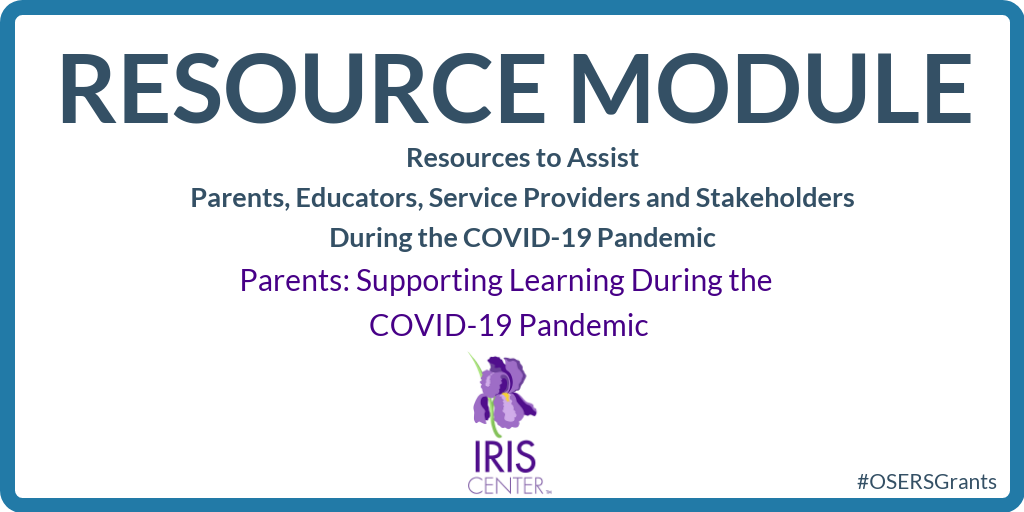By the Office of Special Education Programs
The Office of Special Education Programs (OSEP) released two new OSEP Fast Facts that take a closer look at the Individuals with Disabilities Education Act (IDEA) Section 618 data submitted for School Year (SY) 2020-21 and fall 2021:
- IDEA Section 618 Data Collected on Children with Disabilities Served under IDEA, Part C in the time of the COVID-19 Pandemic, and
- IDEA Section 618 Data Collected on Children with Disabilities Served under IDEA, Part B in during the time of the COVID-19 Pandemic.
The Part C infographics looks at data related to infants and toddlers, birth through age 2, with disabilities, and the Part B infographic looks at data related to children and youth, ages 3 through 21, with disabilities.
In these infographics, OSEP highlights examples of state-submitted data notes that reference the impact of the COVID-19 Pandemic on these data collections.







